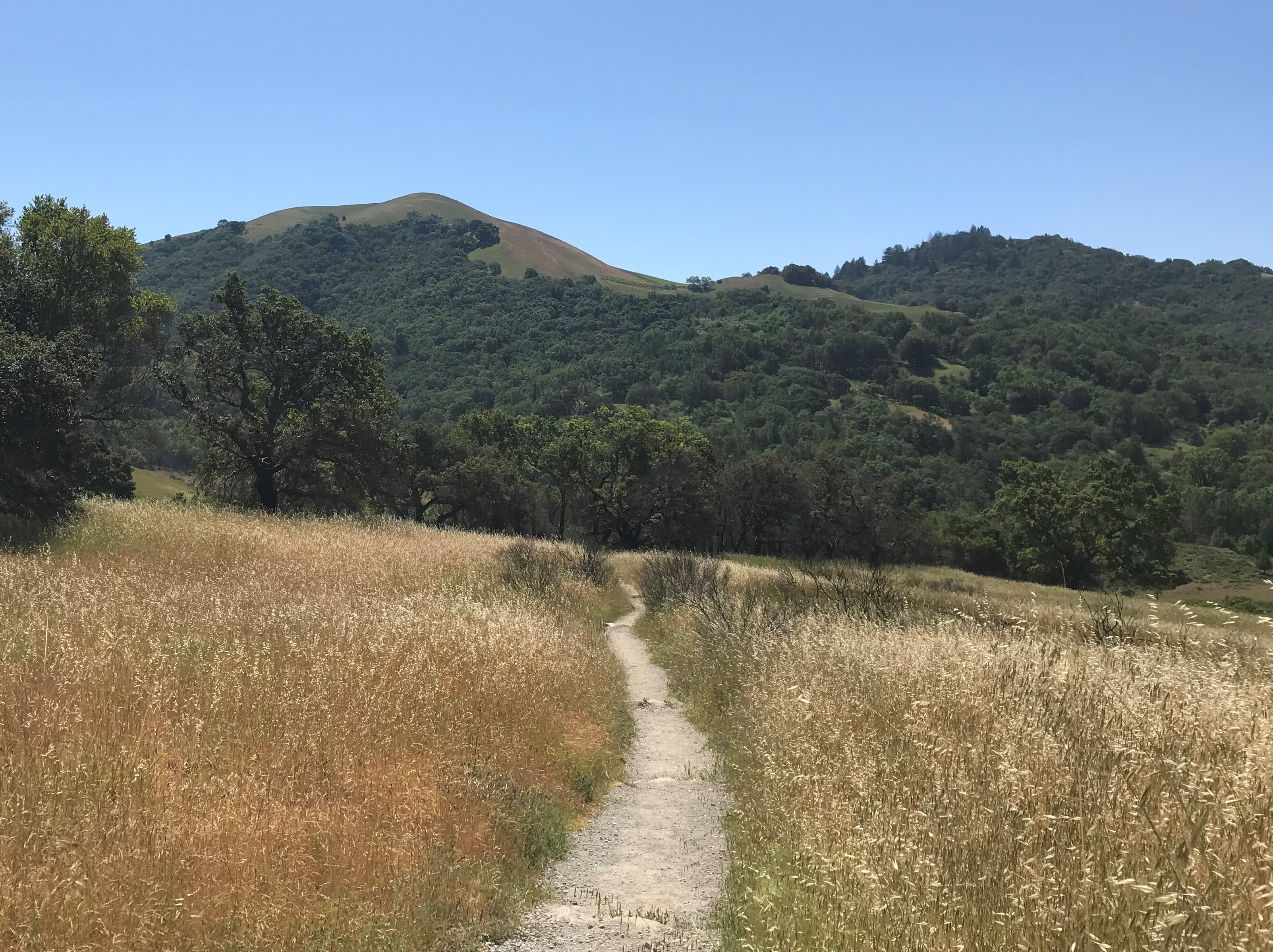“We can’t bring wine to a national park.”
“But it’s Europe, it’s not like the US.”
“Let’s ask the concierge”. The concierge replies, “This is France dear, of course you can”.
That’s how our discussion started when we were leaving to go touring and taking wine, cheese and bread with us.

The Aqueduct
When people think of France, Roman influence is usually not the first thing that comes to mind. However, particularly in the south of France, the presence of Roman culture is still very obvious.
Pont du Gard is the tallest of the Roman Aqueducts. We’ve seen the aqueduct in Segovia, Spain, and it’s big. This one is massive.
Built in the first century, this aqueduct traverses across the Gardon River. It ultimately served the City of Nimes, where the world’s most well preserved Colosseum is. But that’s another story.
The Aqueduct is located about 15 miles (slightly less than 25 kilometers) northeast of the Roman colony known as Nemausus (now Nîmes, France). It was part of a water conveyance system that was over 50 km (35 miles). Capable of carrying over 10.5 million gallons or water per day (40,000 m3), it was quite an engineering feat in those days.
The Pont du Gard Aqueduct allowed the water supply to flow by gravity between the two peaks of the foothills of the French Alps. It was built in 3 sections without any mortar. Large dry stones perfectly placed. In the 18th century a bridge was added to the east side of the structure.
The Site
There’s a trail that leads to the top. It’s fairly steep and has around 140 steps. For some reason a lot of places we toured had 140 steps. We had just been to the Tower Magne early that day. It had around 140 steps. The day before we had walked up a trail to the park behind the Roman Ampitheatre where we could see the whole town of Orange, France. That trail had around 140 steps as well.
At the top, the view is extroardinary. There are several viewpoints to see the aqueduct from the trail.
At the top, there is still part of the aqueduct that is enclosed (that’s part of the guided specialized tour). It rightfully has a fence and lock to keep people from getting in.
Following the flow of the water across the river, there is a tunnel through the rock that allowed the water to flow by gravity.
 The bridge area is called the promenade. It is quite walkable so that even those with disabilities can traverse an incline and then walk the virtually flat bridge deck across to the other side.
The bridge area is called the promenade. It is quite walkable so that even those with disabilities can traverse an incline and then walk the virtually flat bridge deck across to the other side.
At the lower area it’s rocky next to the Gardon River. It is the flood plain when the river has an excessive of flow. When standing on the rocks looking up, the 48.8 meter (160 feet) height is incredibly impressive. It was here that we got out the wine, cheese, and bread to enjoy the beautiful structure.
Ultimately we moved to a place and watched the sun set behind the mountains and the aqueduct. It was spectacular. The only thing that could have made it better would be if the lights were turned on. But then again, we were there off-season.
Basic Tour Stuff
The signage to get to the aqueduct starts out on the highway. It’s pretty easy to follow and dumps you out at a parking lot. They also have a camping area if you are driving a RV and want to stay the night.
We purchased the admission ticket for 2 ahead of time.
 This included parking and admission to everything except for the enclosed part way at the top. That requires a tour guide where you’re actually allow to go inside a portion of the enclosed part. Because we weren’t sure when we’d arrive, we knew we wouldn’t be ablet to book the specialized tour that day.
This included parking and admission to everything except for the enclosed part way at the top. That requires a tour guide where you’re actually allow to go inside a portion of the enclosed part. Because we weren’t sure when we’d arrive, we knew we wouldn’t be ablet to book the specialized tour that day.
There are several components to the site. Once you leave the parking lot and go through the admission building, there’s a walk to the aqueduct on a short road (promenade). On the road are a couple of restaurants that you can eat outside and view the aqueduct at the same time.
They won’t let anyone in after closing, but once you’re there, you can stay well after dark.
All things considered, depending on your goal, plan on a minimum of 2 hours to see almost everything. If you want to hit the real trails and explore the surrounding area for all the ancillary features, plan on the whole day.
